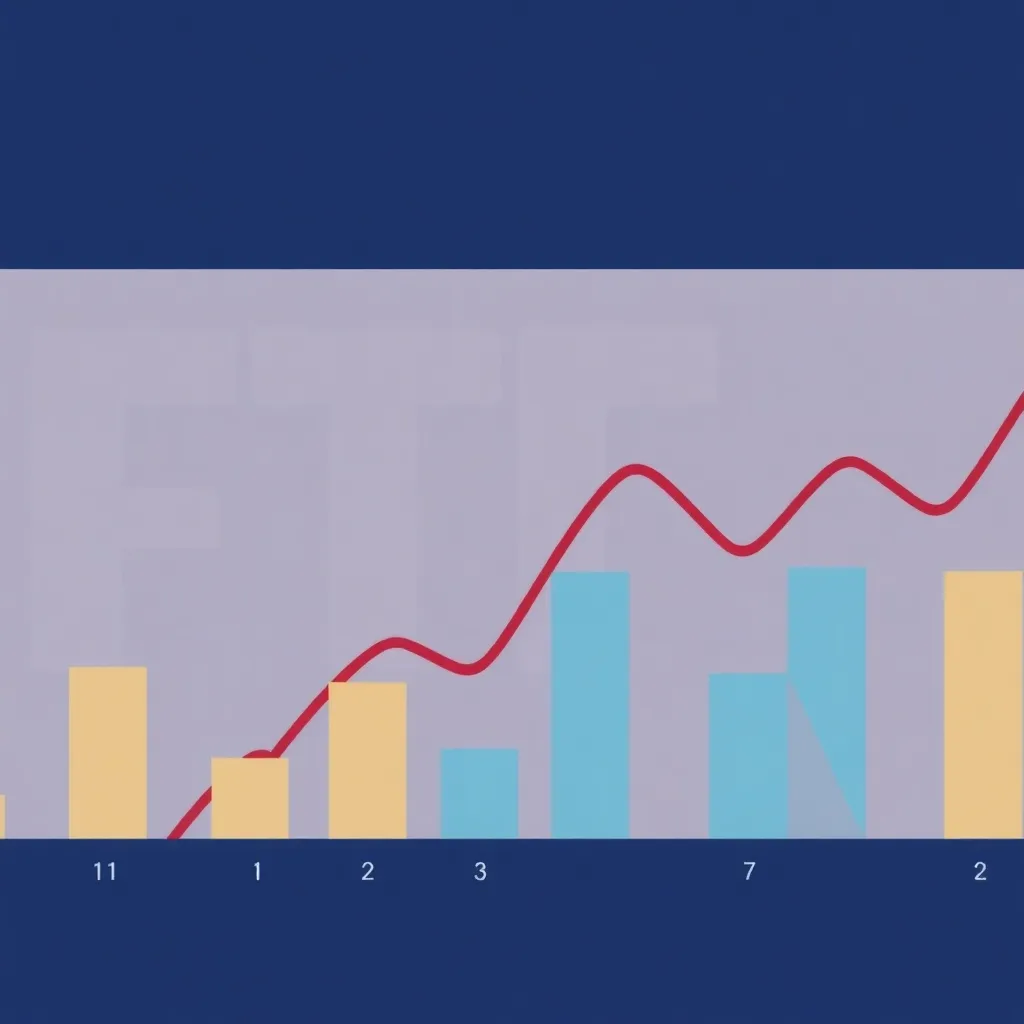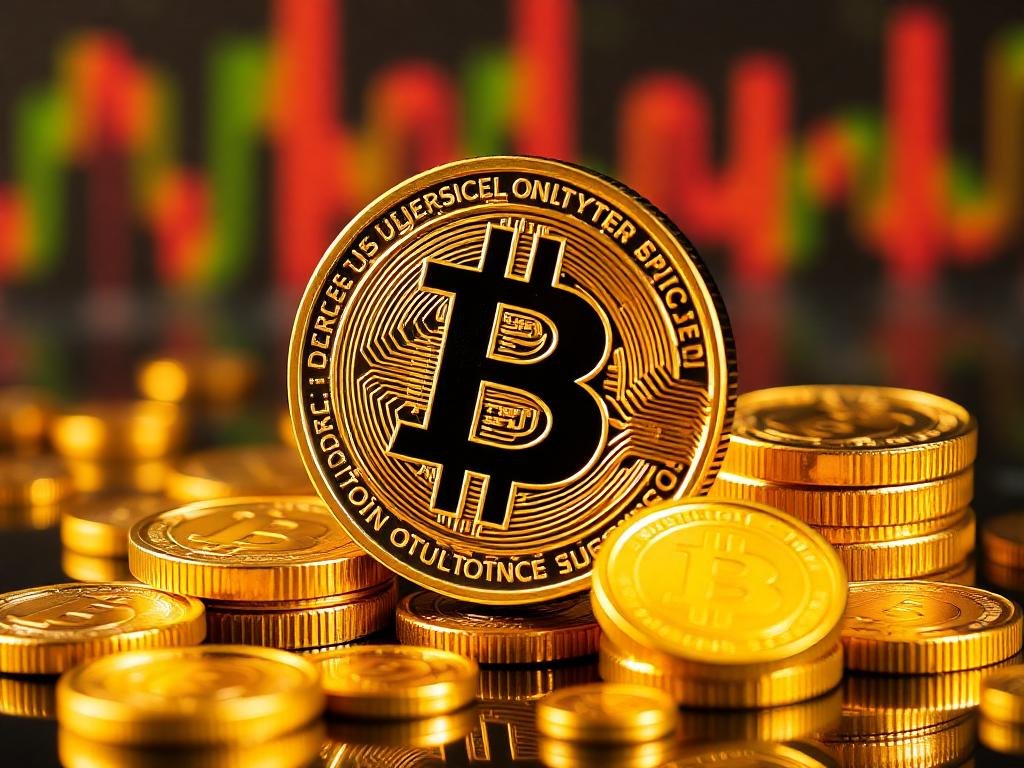Exchange-Traded Funds (ETFs) have exploded in popularity over the last decade, with billions flowing into these products every year. Touted as low-cost, flexible, and tax-efficient, ETFs are often recommended for both beginners and experienced investors alike. Calculator
But beneath the surface, there are several reasons why ETFs might actually be bad for long-term investors — or at least not as perfect as they seem. In this in-depth guide, we’ll explore the hidden risks, structural issues, and market consequences of ETFs that could make them problematic for those aiming to build long-term wealth.

What Are ETFs and Why They’re Popular
Before diving into the risks, let’s quickly understand why ETFs became so widely used. ETFs are funds that track a basket of assets — stocks, bonds, commodities — and trade on stock exchanges like regular shares. Their appeal includes:
- Low expense ratios compared to mutual funds.
- Liquidity — they can be bought and sold anytime during market hours.
- Tax efficiency, since ETFs avoid capital gains until sold.
- Diversification, allowing exposure to many assets through one product.
All these features seem ideal, especially for passive investors. But as we’ll see, there are reasons to be cautious.
Reason 1: The Illusion of Safety Through Diversification
ETFs are often marketed as a way to diversify risk. However, not all ETFs offer true diversification. Some funds, particularly sector-specific or thematic ETFs, concentrate heavily in a few popular stocks.
For example, many “technology” ETFs are overweight in companies like Apple, Microsoft, and Nvidia. If tech crashes, these ETFs could fall just as sharply, negating the supposed diversification benefit.
Even broad-market ETFs, like those tracking the S&P 500, can become top-heavy during bull markets. In 2025, the top 10 stocks make up over 30% of the S&P 500’s market cap — meaning you’re still exposed to concentration risk, even if you think you’re buying the “whole market.”
Reason 2: Hidden Costs Erode Long-Term Gains
ETFs are praised for their low fees, but they come with hidden costs that can add up over time:
- Bid-ask spreads: You lose a small amount every time you trade.
- Tracking errors: ETFs don’t always perfectly mirror the performance of their underlying index.
- Premiums/discounts: In volatile markets, ETFs can trade above or below their actual net asset value (NAV).
Over decades, these small inefficiencies compound, subtly reducing your returns compared to owning the underlying assets directly or using traditional index funds.
Reason 3: Encouraging Short-Term Trading Behavior
One of the biggest knocks against ETFs is how they encourage trading rather than investing. Because they trade like stocks, investors often buy and sell ETFs frequently, chasing performance. Crypto
This undermines the long-term strategy of staying invested through market cycles. Behavioral studies show that ETF investors, on average, underperform the funds they own due to poorly timed trades — buying high and selling low.
If your goal is long-term wealth building, this “tradability” feature can become a dangerous temptation.
Reason 4: Liquidity Mismatch Risk
Most ETFs are highly liquid — but the assets they hold might not be. This creates what’s known as liquidity mismatch risk.
For example, an ETF holding corporate bonds can be traded instantly on stock exchanges, but the bonds themselves may be hard to sell, especially in times of market stress. This mismatch can cause:
- Price dislocations
- Trading halts
- Panic selling
During the COVID-19 crash in 2020 and recent 2022 bond market stress, some ETFs traded at steep discounts to their NAV, causing significant losses for holders who sold in panic.
Reason 5: Market Distortion and Systemic Risk
As ETFs grow in size, they increasingly influence the underlying markets. This raises concerns about:
- Price distortion: ETF flows can push asset prices up or down, regardless of fundamentals.
- Volatility amplification: When markets fall, ETF redemptions force selling of underlying assets, accelerating declines.
- Systemic risk: If a major ETF provider or structure fails, it could ripple through the entire financial system.
Regulators have repeatedly warned about ETFs’ potential to magnify financial instability during market downturns. For long-term investors, this systemic vulnerability is a real concern.
Reason 6: Overexposure to Popular Trends
ETFs make it easy to invest in trending themes — from green energy to artificial intelligence. While appealing, this often leads to overcrowding in hot sectors.
When sentiment shifts, these thematic ETFs can crash hard, as seen with cannabis ETFs in 2019 or ARK Innovation ETF in 2021. Chasing these trends through ETFs often results in buying high and selling low, hurting long-term returns.
Reason 7: Tax Surprises for International Investors
While ETFs are generally tax-efficient for U.S. investors, they can be problematic for international investors:
- Dividend withholding taxes: Some ETFs deduct taxes at source, reducing your income.
- Complex tax reporting: Certain ETFs may trigger foreign tax liabilities that are hard to track.
- Estate taxes: U.S.-domiciled ETFs can expose non-U.S. investors to estate taxes upon death.
These tax traps can quietly erode wealth over time, making ETFs less optimal for global long-term investors.
Reason 8: Not All ETFs Are Created Equal
The ETF universe has exploded, with over 8,000 products available globally in 2025. But not all ETFs are good:
- Leveraged ETFs aim to deliver 2x or 3x the daily return of an index — dangerous for long-term holding due to daily compounding effects.
- Inverse ETFs bet against the market and can lose value rapidly.
- Synthetic ETFs use derivatives rather than owning real assets, adding counterparty risk.
Many of these complex products are marketed alongside plain-vanilla index ETFs, confusing retail investors and leading some into unsuitable strategies.
Reason 9: Dividend Dilution and Timing Issues
ETFs aggregate dividends from their holdings and typically pay them out quarterly. However, this creates two problems:
- Dividend dilution: Management fees and expenses reduce the total dividend paid to investors.
- Timing mismatch: You may receive dividends at inconvenient times, potentially missing out on compounding if not reinvested immediately.
For long-term investors seeking reliable income, directly holding dividend stocks or using specialized dividend funds may be more effective.
Reason 10: Potential for Regulatory Crackdowns
As ETFs grow, regulators are paying closer attention. Future regulatory changes could impact:
- Tax advantages
- Leverage limits
- Market structure rules
In Europe, for instance, certain leveraged ETFs have already been banned for retail investors. Long-term investors in ETFs face regulatory uncertainty, which could alter the product’s attractiveness in the coming years.
Should Long-Term Investors Avoid ETFs Altogether?
Not necessarily. ETFs still offer benefits:
- Low-cost exposure to broad markets
- Flexibility to tailor portfolios
- Simpler tax management (for U.S. investors)
However, it’s critical for long-term investors to:
- Choose ETFs carefully: Stick to broad, low-cost, physically backed ETFs.
- Avoid leveraged and thematic ETFs for core holdings.
- Resist trading frequently to capture the real long-term benefit.

Best Alternatives to ETFs for Long-Term Investing
If you’re wary of ETFs for the reasons above, here are some solid alternatives:
- Index mutual funds: Similar diversification without intraday trading temptations.
- Direct stock investing: Build a diversified portfolio manually.
- Dividend reinvestment plans (DRIPs): Automatically reinvest dividends for compounding.
- Real estate investment trusts (REITs): For income and diversification.
- Government bonds and fixed income: Stability and capital preservation.
Each alternative has pros and cons, but they avoid many of the structural ETF risks outlined earlier.
Final Thoughts: ETFs — A Double-Edged Sword
ETFs have revolutionized investing and democratized access to financial markets. But they are not a free lunch.
For long-term investors, ETFs come with hidden risks:
- Encouraging bad trading habits
- Liquidity mismatches
- Market distortions
- Tax inefficiencies (for non-U.S. investors)
- Complexity in the product landscape
By understanding these risks and using ETFs judiciously — sticking to simple, broad-market funds and avoiding speculative products — long-term investors can still benefit while minimizing downsides.
Like any tool, ETFs are only as good as how they are used. Treat them with caution, discipline, and awareness of their structural weaknesses, and you’ll avoid the common pitfalls that trip up many investors chasing easy gains.


